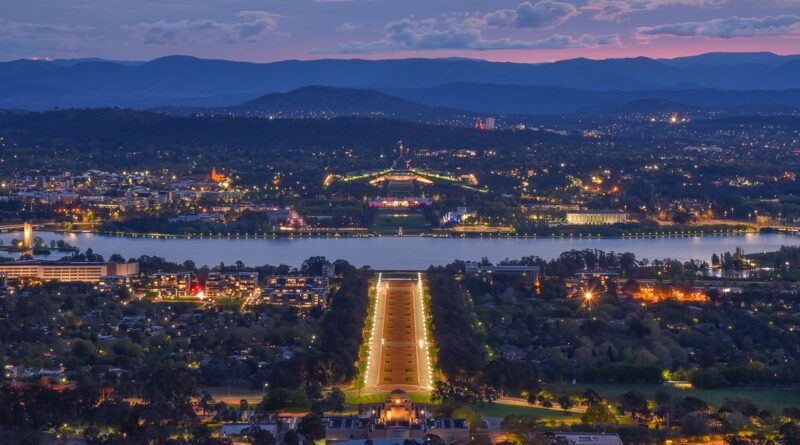View from The Hill: the Liberals talk about ‘rebuilding’ but how, exactly?
Peter Dutton and his demoralised team, shocked beyond belief by their Aston drubbing, say the party has to “rebuild”.
But there are no obvious foundation stones for this mammoth task.
Ideally, the party needs a leader who potentially has appeal when, as will inevitably happen at some point, the gloss goes off the government.
Many voters, well beyond Aston, have made up their minds against Dutton. The chances of turning those perceptions around – notwithstanding the example of John Howard’s personal reinvention – are low. It’s the dog-with-a-bad-name syndrome.
One example. People with Chinese heritage are an important voting group in many areas (like Aston). They are unlikely to ever have a positive view of Dutton.
This not to say Dutton should be replaced. The alternatives (primarily Angus Taylor) would be even less likely to get the party back on its feet.
The best solution would be for the Liberals to get a new leader a year out from the election. But even looking to a younger generation, there is no attractive candidate with broad appeal.
Dutton, who presumably is not a Morrison-type believer in miracles, must realise the chances of his ever becoming prime minister are somewhere under minimal.
So he has little to lose by taking risks in trying to reform the party organisation, in which most state divisions are dysfunctional, faction-ridden and devoted to in-fighting. Ironically, the Queensland LNP is the most efficient (and effective – Queensland is the state where the Coalition is strongest).
The general dysfunction has led to poor candidates, candidates chosen late, and bad ground games that can’t match Labor.
The malaise in the Liberal organisation might not be the problem that is most obvious at a “retail” political level. But it is fundamental, and Dutton – if he has the determination – could knock heads together. That’s even taking into account that in the Liberal party, power resides in the state divisions, with the federal organisation relatively weak.
Most difficult for the Liberals is finding a response to the question: what do you stand for?
Seeking answers to this opens up a complex set of issues, including internal ideological battles, and vast differences among the constituencies to which it must pitch (outer suburban, teal urban).
In former years, Labor faced a similar problem – caught between its traditional working class voters in the outer suburbs and regions, and the progressive inner city voters. It was a challenge as late as the Shorten years. Under Anthony Albanese, Labor has found a sweet spot.
The Liberals are unlikely to light on such a spot before the internal culture wars rage for some time between the conservatives and what’s left of the moderates.
Meanwhile, policy positions have to be crafted – which often, at this stage of the electoral cycle, amount to reactions to government policy.
The Liberals’ constant naysaying has turned off voters who have just elected a fresh government and want the losers to give it a go.
That seems one obvious message out of the byelection.
A skilled opposition mixes the positive and the negative – as Albanese did as opposition leader.
He also resisted (often to taunts from the then-government and sometimes the media) pressure to release policy too early. His crucial climate policy, for example, came very late.
But he did have some policy out for a long time, for instance on child care. The Liberals should do the same, in their search for policy sweet spots.
Housing affordability is an obvious opportunity. It ticks all the boxes. It’s a crucial issue on voters’ minds. It particularly preoccupies the under-40 age group, who have deserted the Liberals. It fits Liberal Party values, going right back to Robert Menzies.
The opposition already is committed to allowing people to use some of their superannuation for a first home. Building around this, including with a policy that addresses the rental crisis, could provide something positive to sell in “the sensible centre”.
Getting down to intense work on a range of individual policies might be a more productive way for the Liberal party to tackle its positioning problems than a generalised debate about conservatism-versus-progressivism. Having the ideological debates around specific policy directions might help achieve practical approaches and compromises.
The Coalition also needs to avoid paths with landmines. Its current flirtation with nuclear power, beloved by the Nationals, is one. The Labor ads could be written now if that was taken to the election. A savvy opposition would quickly rule it out, citing economic grounds.
Behind this must lie a better Liberal party connection with the Australian electorate, especially the younger part of it. It might not be surprising that people aged 18-24 don’t travel with the Liberals, but when they are failing with the under-40 cohort, it is disaster territory.
The baby boomers are becoming a smaller part of the voting public. It’s fruitless for the Liberals to hark back to the Howard days. And yet they give every impression of (as Scott Morrison might say in another context) putting their heads under the doona and living in the past.
Speaking of Morrison, there’s speculation he is preparing to quit parliament. That means another byelection. Just when the Liberals thought things couldn’t get worse.
.
![]()
Michelle Grattan does not work for, consult, own shares in or receive funding from any company or organisation that would benefit from this article, and has disclosed no relevant affiliations beyond their academic appointment.

